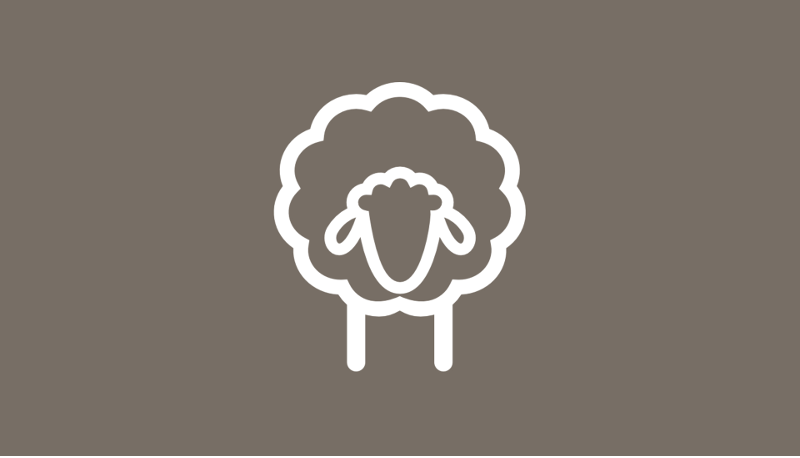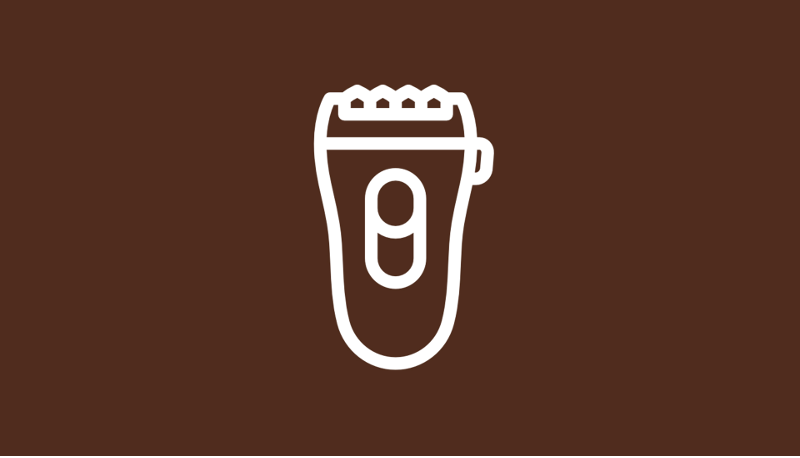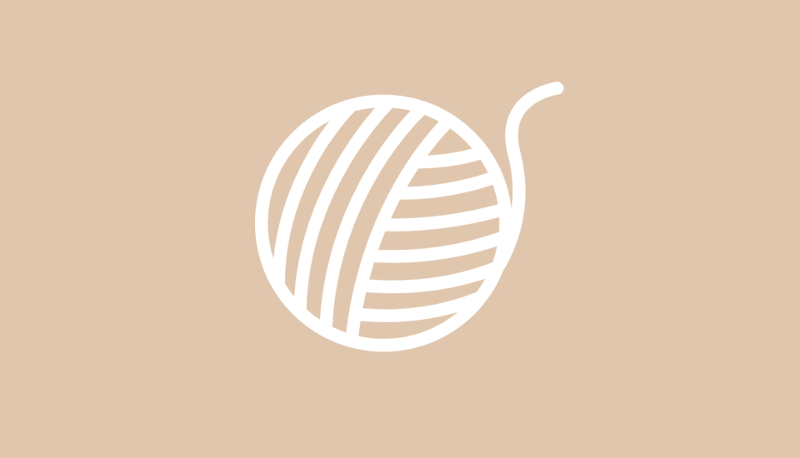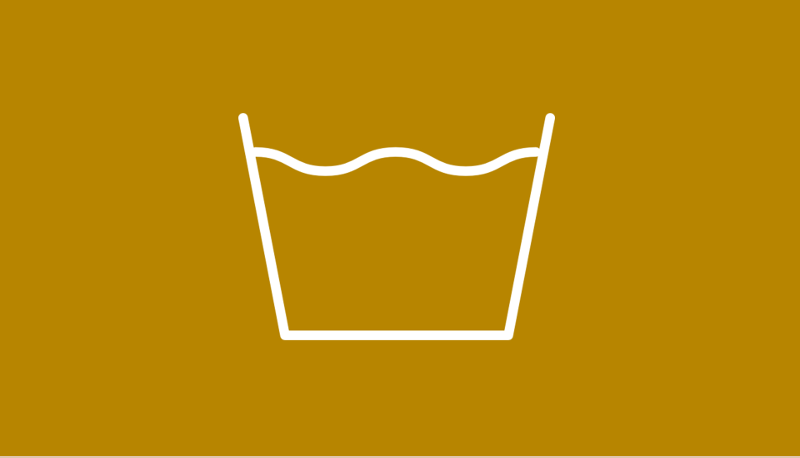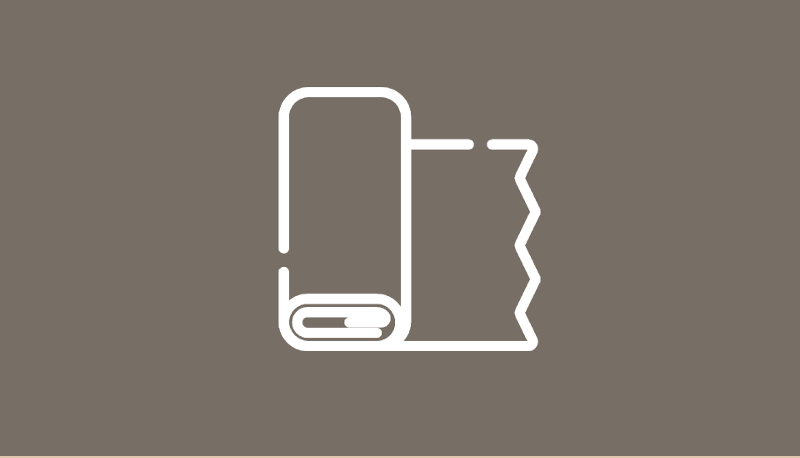Felt mills
Wool felt is made in mills, which were traditionally found in rural areas, close to the wool producers, and near a source of water. The machine production of wool felt is a highly specialized process that requires expertise. Today, only a few felt mills that remain that follow the procedures, and often use the machinery, that were developed over a century ago.
Raw wool
After shearing, the wool is sorted by quality and color. The wool has different qualities depending on which body part of the sheep it comes from. Because sheep are free-roaming animals that graze in meadows, leaves and twigs get caught in the fleece. The fleece is cleaned with water to remove plant matter and dirt, as well as some of the sheep’s natural lanolin. Sometimes white fleece is carbonized to whiten the wool and remove even more dirt and plant matter.


